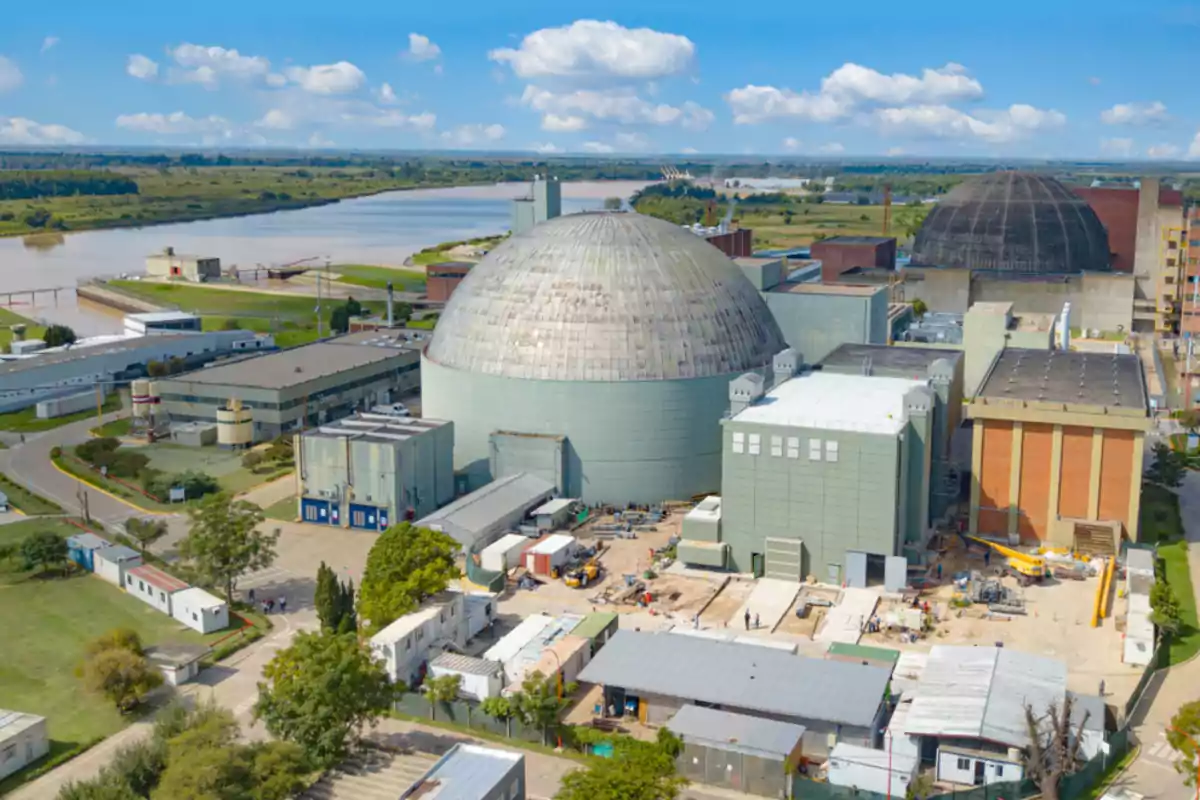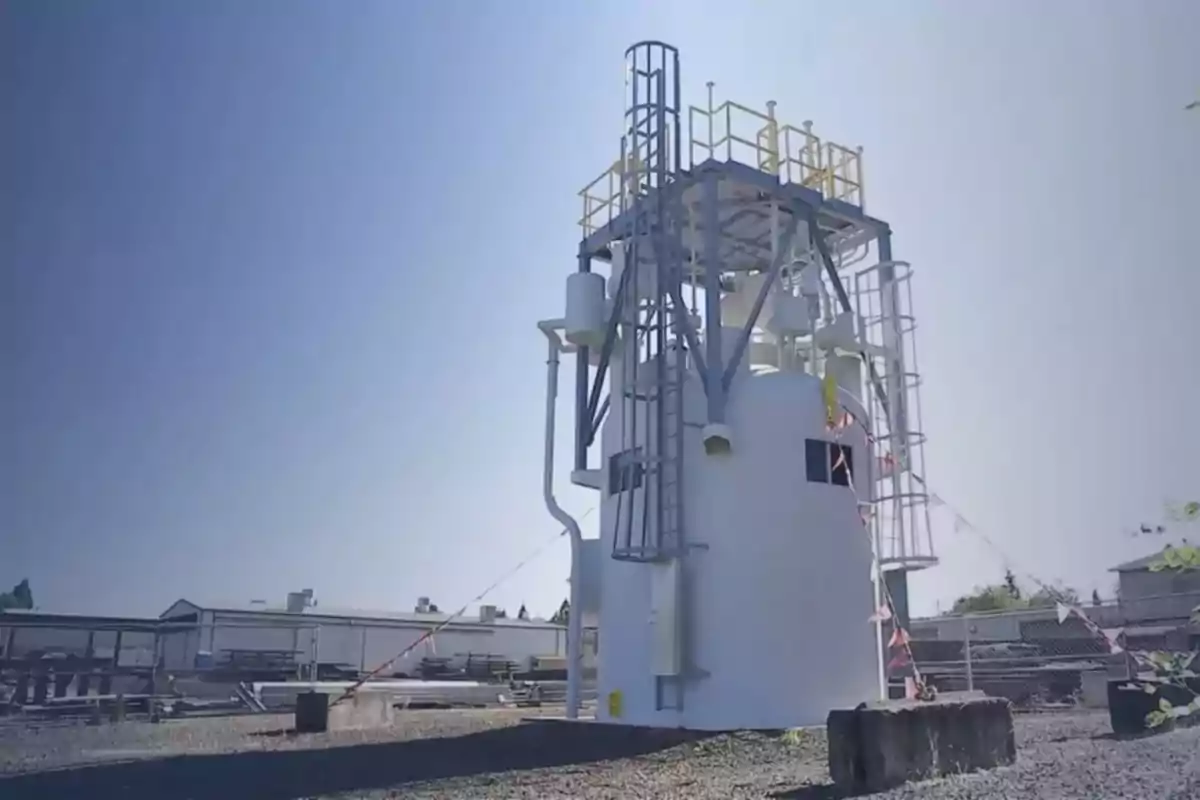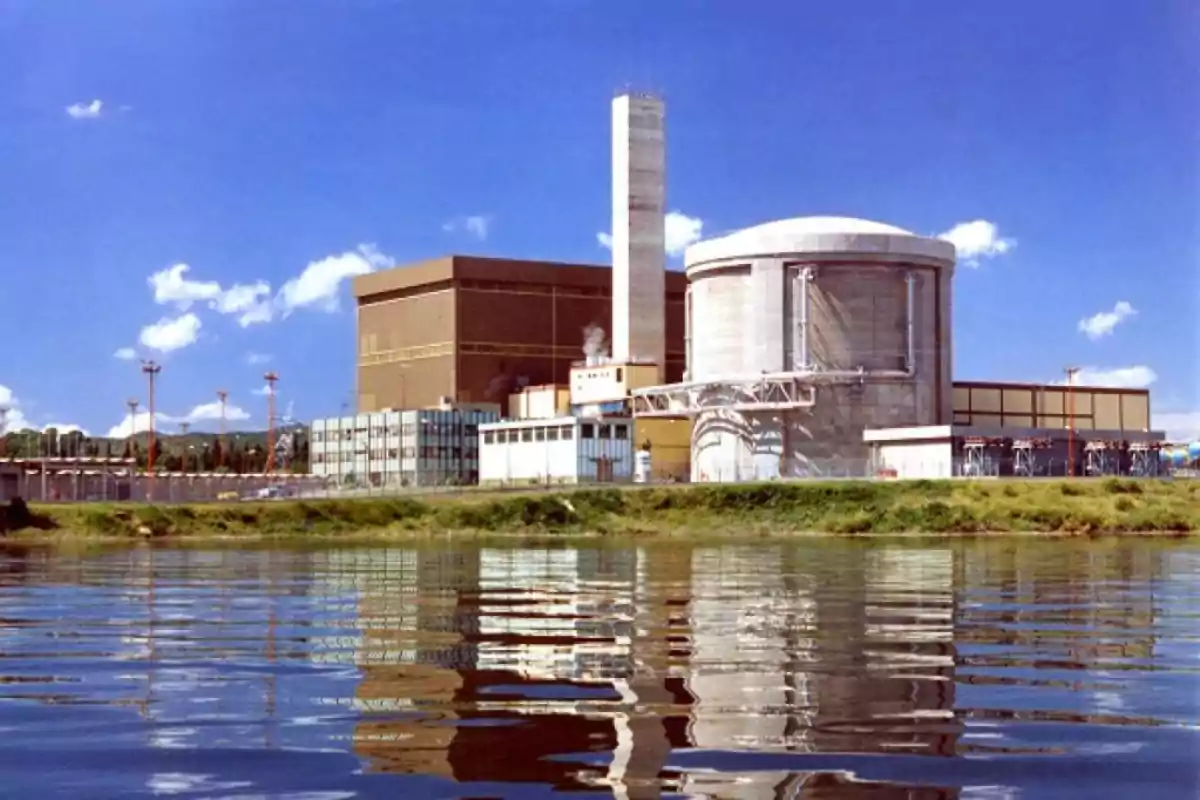
Argentina is promoting 18 uranium projects to strengthen its nuclear plan
The goal is to double nuclear capacity with 18 uranium projects and reduce dependence on imports
With the support of the International Atomic Energy Agency(IAEA) and under the Argentine Nuclear Plan announced by President Javier Milei in December 2024, Argentina is making progress in the development of 18 private uranium projects and new initiatives in the nuclear field.
The objective is to reducedependence on fuel imports, expand the energy matrix, and position the country as a relevant supplier in the global market.
The strategy, led by the National Atomic Energy Commission (CNEA), includes plans to double the installed nuclear capacity, currently at 1,763 megawatts, caused by the Atucha I, Atucha II, and Embalse plants.

The first stage involves the construction of a small modular reactor (SMR) ACR-300, designed by INVAP, which will be located at the Atucha complex. This type of reactor stands out for its enhanced safety, reduced costs, and a faster construction timeline, which would allow for expanded energy access in regions with limited infrastructure.
The second phase will focus on the development through private initiatives, of uranium reserves to supply domestic consumption and generate exportable surpluses. Of the 18 mining projects, 14 are located in Patagonia, with eight in Chubut, where Cerro Solo, the largest uranium reserve in the country, is located.
Laguna Salada, currently in the preliminary economic assessment stage, and Amarillo Grande, in Río Negro, promoted by Blue Sky Uranium and Abatare Spain, also stand out. Amarillo Grande has the largest NI 43-101 uranium resource estimate in Argentina and a valuable vanadium byproduct.
The reactivation of the sector responds to a growing international demand for uranium, driven by the energy transition and the increase in electricity consumption resulting from new technologies such as artificial intelligence. According to official estimates, Argentina could require around 1.25 million pounds of U3O8 annually by 2025, which is 2.5 times its current demand, currently met through imports.

Projects such as Cerro Solo and Amarillo Grande could supply the consumption of the three nuclear plants for more than a decade and generate a surplus with export potential, which in turn would attract investments worth billions of dollars.
The entry of YPF Nuclear constitutes another key component of the plan. The company plans to exploit deposits in Mendoza and Chubut, integrating uranium production with the development of SMRs. This strategy is complemented by the participation of entrepreneurs such as Eduardo Eurnekian, who, through Blue Sky Uranium, seeks to establish long-term supply contracts for the Argentine nuclear sector.
According to preliminary estimates, this expansion could generate up to 5,000 direct and indirect jobs, boosting the economy of strategic regions such as Patagonia.
Nevertheless, the progress of the plan faces regulatory, technical, and environmental challenges. Most projects remain in the exploration phase and none have reached the production stage. In Chubut, legal restrictions on open-pit mining hinder the development of deposits such as Cerro Solo, while in Mendoza the reactivation of Sierra Pintada faces technical obstacles and environmental concerns. CNEA continues to conduct feasibility studies, but the timeline for commercial production could extend beyond 2030.
More posts: